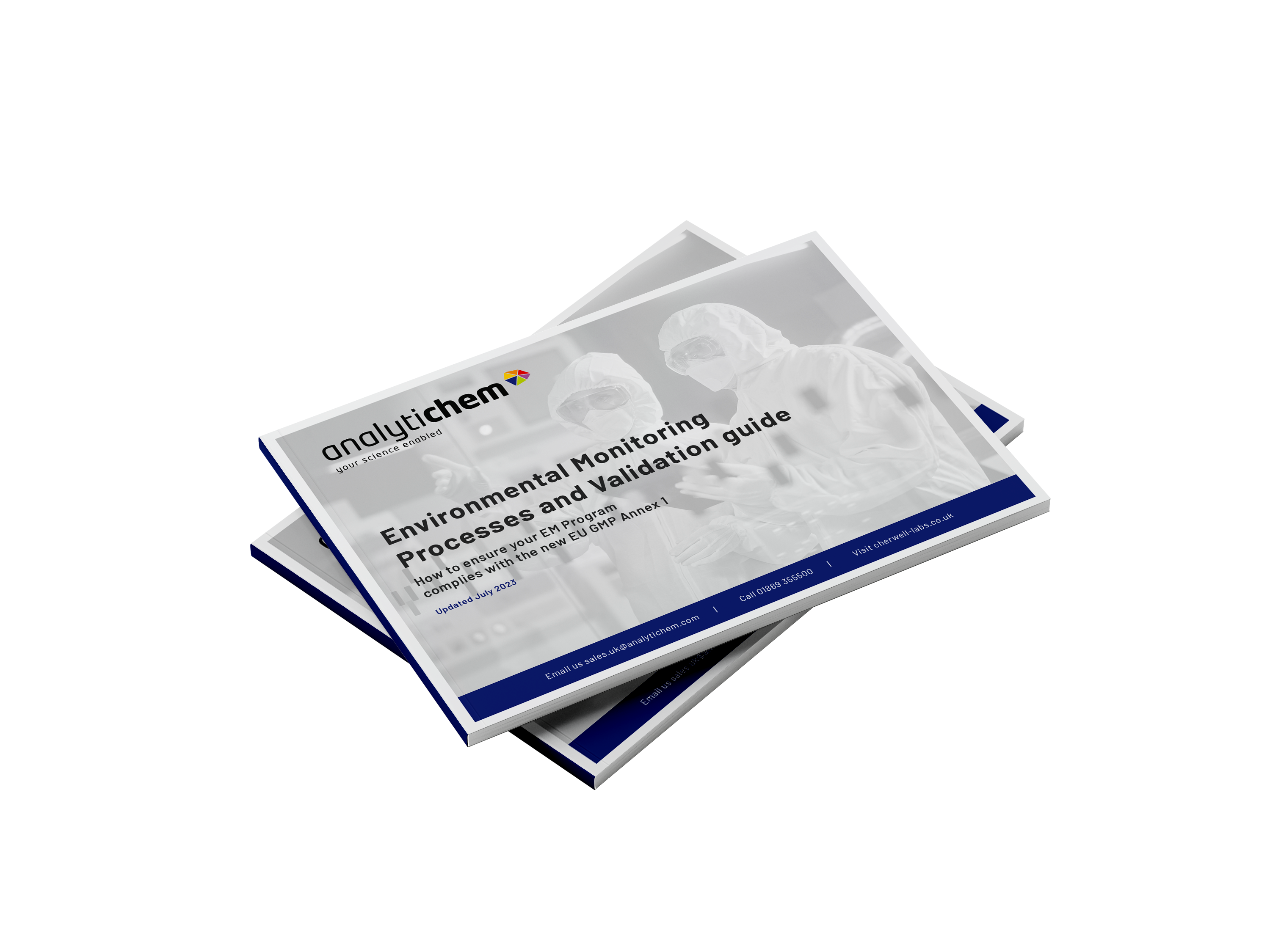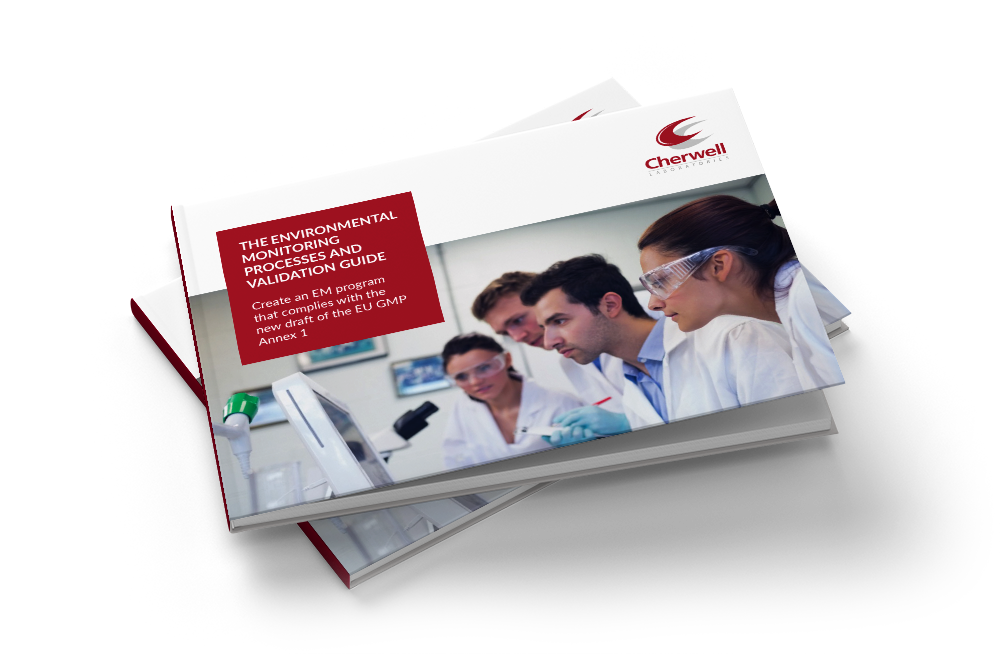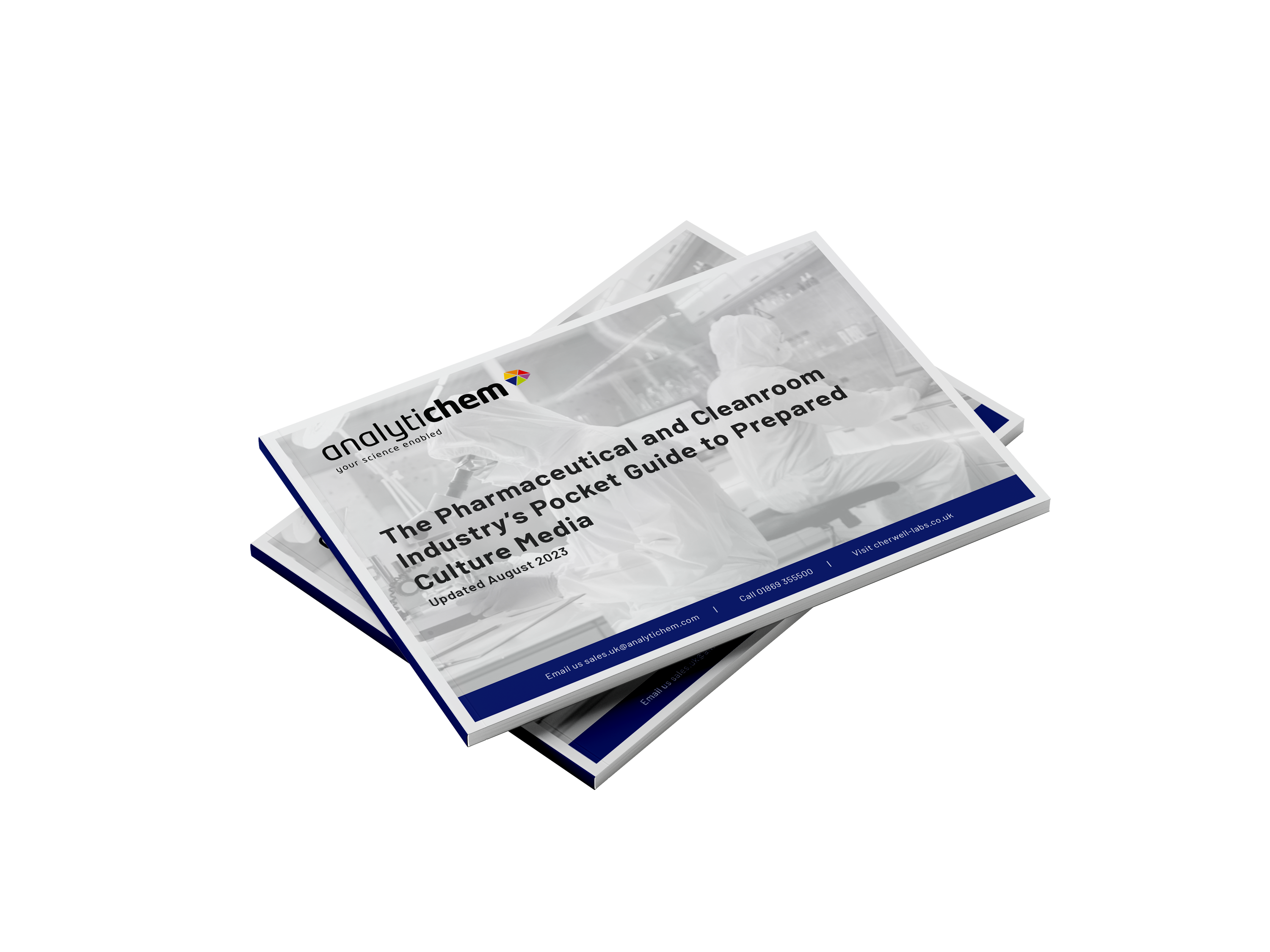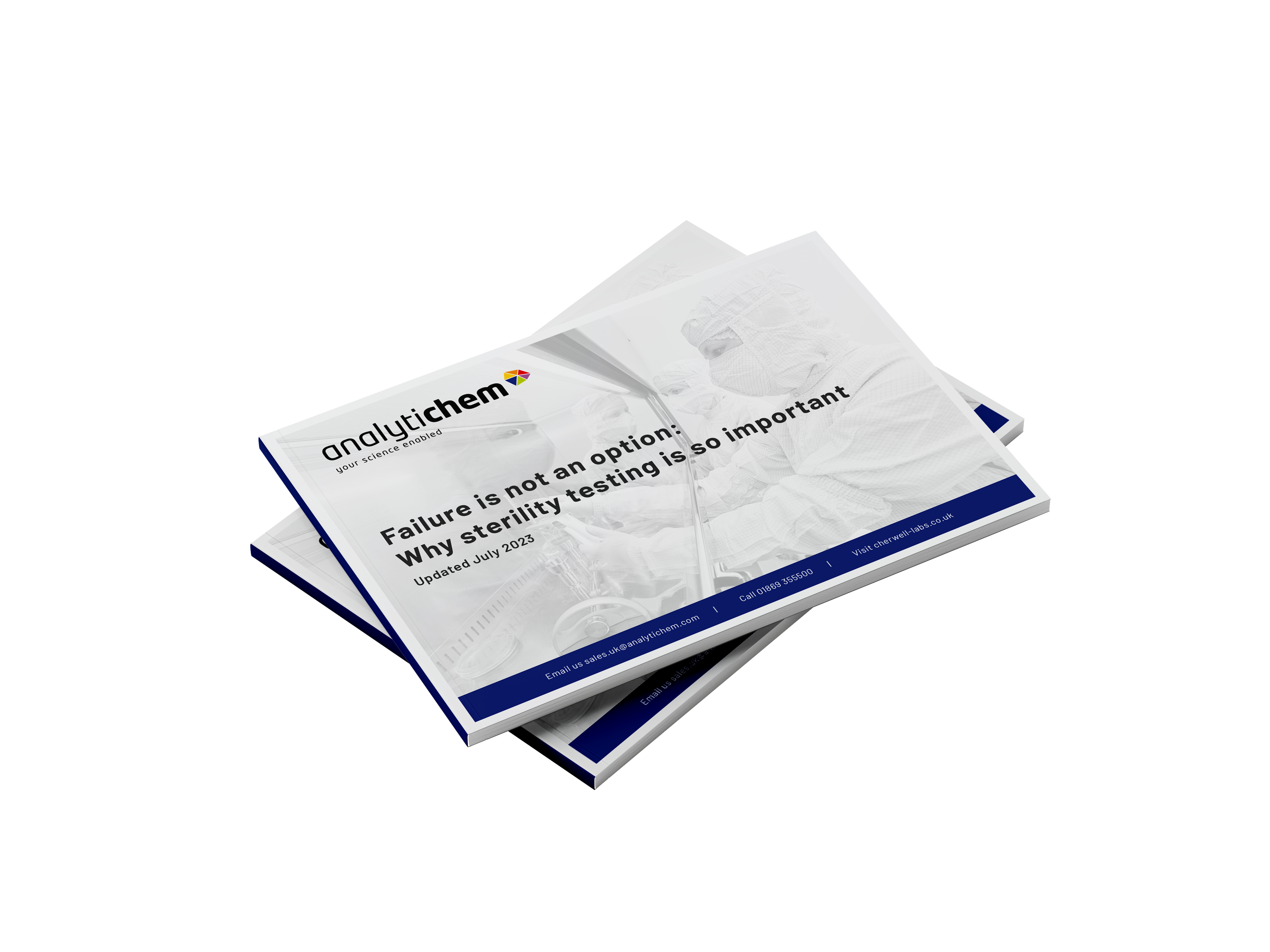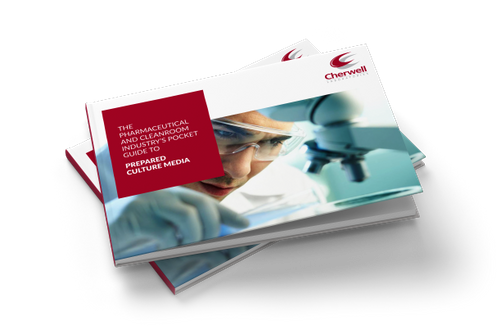Cleanroom Environmental Monitoring
How to use settle plates, prepared media, air samplers and other equipment
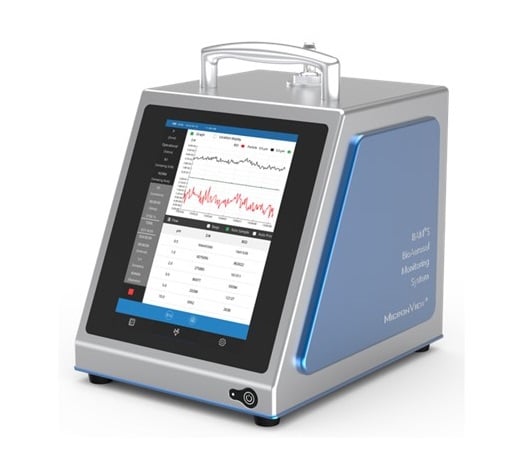
CONTINUOUS ENVIRONMENTAL MONITORING IS RECOGNISED AS BY FAR THE MOST EFFECTIVE WAY OF ENSURING COMPLIANCE
Effective environmental monitoring requires a combination of prepared media, equipment and validation processes.
Under the latest European and American pharmaceutical manufacturing guidelines, environmental monitoring is more important than ever before. As pressures mount to increase efficiency while lowering risk of any contamination, in-process environmental monitoring is now recommended.
Specialist materials and equipment are necessary to ensure your cleanroom standards are maintained to meet the most stringent regulations. With a bespoke EM program, efficiency and consistency are always key considerations to ensure compliance that fits your specific premises and needs.
For best practice, a combination of continuous monitoring, active air sampling and passive sampling, together with accessories to ensure precise data collection is required. Regular instrument calibration maintains top performance levels and your data remains 100% reliable.
Page contents
Environmental monitoring solutions
Environmental monitoring and EU GMP Annex 1
Environmental monitoring and public health
Combined passive and active air
Environmental monitoring and sterility testing
How to maintain a cleanroom with tailored environmental monitoring solutions
Bespoke environmental monitoring and testing programs
Environmental Monitoring Solutions
Prepared Culture Media
Your choice of quality assured culture media will be determined largely by your environmental monitoring program. Active and passive air sampling use petri dishes and contact plates, while surface testing requires contact plates.
Cleanrooms, isolators, operating theatres, offices, factories and waste processing sites all require specific types of environmental monitoring and media. Further media types and presentations are also required for process and operator validation.
Real-time Microbial Monitoring
A real-time monitor can play a pivotal role by delivering constant, up-to-the-minute insights into the environmental quality of the production area, thus optimising quality control, and supply chain management. It enables you to swiftly detect and address deviations, ensuring product safety and regulatory compliance.
A real-time data stream enhances overall operational efficiency and accelerates time-to-market. This technology can be used in conjunction, with handheld equipment and settle plates.
Active Microbial Air Samplers
Active air samplers are an essential component of fully compliant environmental monitoring programs. They are used widely in areas of various grades.
Active air samplers draw air in using a pump or fan and accelerate it via a sieve or narrow slit onto culture media. Both hand-held and fixed air samplers should be used in conjunction with settle plates and other methods for accurate monitoring.
Environmental Monitoring Accessories
Data quality in environmental monitoring programs can be significantly improved with more accurate positioning of key active and passive air sampling instruments.
Carrying and positioning stands, developed specifically for this purpose, mean you can gather data from the best possible points for consistent, reliable air monitoring.
How viable air monitors work
Viable air monitoring or sampling is achieved either by an impaction method or real time method. Impaction air samplers collect particles onto solid media. When the air hits the collection surface, it makes a tangential change of direction, throwing out suspended particles onto the media. Once incubated, the number of visible colonies counted allows a direct quantitative estimate of colony forming units in the sampled volume of air. Real time monitors use biofluorescence technology to detect certain metabolites that indicate biologic activity, and can do this continuously to meet the exacting standards within high grade pharma manufacturing.
Environmental Monitoring and EU GMP Annex 1 compliance
Any pharmaceutical manufacturing company operating within or dealing with other businesses operating within the EU, must comply with the EU GMP Annex 1. The latest revisions of these regulations cites continuous Environmental Monitoring (EM) as critical in compliance for one simple reason: it helps ensure medicines and medical devices are safe for human use.
EM covers many aspects of the pharmaceutical manufacturing environment including temperature and humidity control, consistent air pressure between controlled environments and both non-viable and viable particle monitoring. Viable particle monitoring is more complicated due to the 5-day incubation process necessary to determine which particles collected are actually viable colony forming units (cfu). Real-time continuous data, from a real-time, continuous airborne microbial monitor, will help with the root cause identification of contamination. Delivering alerts in-time to reduce the risk of product loss.
Compliance with the EU GMP Annex 1 regulations requires a pro-active EM program. This complex legislation is subject to regular change, which makes comprehensive, continuous EM an essential protocol together with equipment and process validation.
How Environmental Monitoring in pharmaceutical manufacturing protects public health
Pharmaceutical manufacturers and any associated businesses have a legislative and ethical responsibility to minimise the risk of harm to anyone receiving their medicines or products.
Several high-profile cases have recently been covered in the press from which valuable lessons have been learned. It is for this reason that the EU GMP Annex 1 exists: to endeavour to prevent anything like the NECC tragedy from happening again.
Increasingly, key players in both pharma industries and medical facilities are adopting bespoke EM solutions that match their needs, rather than relying on standard protocols and processes. This approach is undoubtedly the best way to reduce risk in all controlled areas.
Combined passive and active air monitoring
As outlined in the latest EU GMP Annex 1 regulations, a combined approach to environmental monitoring is by far the most effective way to achieve compliance.
Human intervention is the main cause of contamination in cleanrooms and other critical areas. Continuous active air sampling within grade A spaces throughout an entire production run, supported by background active and passive sampling at key points, is required to monitor for any possible contamination of undetermined origin.
Environmental monitoring and sterility testing
If a pharmaceutical manufacturing facility is continuously monitored for temperature and humidity levels, viable and non-viable particles and any ingress of contamination, sterility testing acts as a final step in confirming the entire production is compliant with EU GMP Annex 1.
Relying on sterility testing alone is not an option for businesses working within EU regulations - and continuous environmental monitoring is recommended.
How to maintain a cleanroom with tailored environmental monitoring solutions
Any environmental monitoring program must, by definition, demonstrate consistent capture of viable and non-viable particles in critical areas of your facility. Data processing must be reliable and results meaningfully shared.
Classifying your operation as aseptic can be complex. However, meeting the specific requirements of your area of industry with the right combination of equipment, protocol and validation processes can be tailored to your budget and business size - if you take a consultative approach.
The key is understanding your vulnerabilities, ensuring your teams are up to date with protocols and selecting equipment that can scale with your business.
Bespoke Environmental Monitoring and Testing Programs
Achieving consistently reliable environmental monitoring data can require bespoke solutions. Businesses should not feel limited by standard methods and instruments on offer. Instead, a consultative approach to environmental monitoring that creates a program unique to your businesses can be far more effective.
As the need for specific products grows, a bespoke approach to EM and process validation will become increasingly common. In an industry that is subject to ever more stringent regulation, it's likely that we'll see pharmaceutical businesses adopt environmental monitoring as a service in order to ensure programs remain effective.
Which air sampler does your business need?
Selecting the right air sampler for your business starts with understanding your specific environmental monitoring program and the data you need to collect to ensure compliance.
Key questions include: What sample size do you need? What type of sample should you be collecting? How many samples do you require and over what time period?
The importance of selecting the correct type of culture media can't be overstated. It must be reliable, available and fit for your specific purposes. False negative results can be just as damaging as false positives: you need media you can trust.
The kind of air samplers and accessories you select will depend on the type of areas you need to monitor and how your instruments should be positioned for the most consistent results. Finally, schedule regular calibration of your equipment to make certain the data you collect is always accurate.
FREQUENTLY
Asked Questions
Yes. We have almost thirty years' experience with helping pharmaceutical and associated industries deliver environmental monitoring processes critical to the manufacture of heavily regulated products.
We supply every component you need to create environmental monitoring processes. We also offer bespoke formulations, accessories and even packaging solutions for organisations with very particular needs.
Get in touch today. Let's discuss your requirements.
The majority of our prepared media can be stored in ambient conditions, not exceeding 25ºC. There are only a small number of very specialist products that require different storage conditions.
We have never specified refrigeration as a storage condition for our general media as this causes excess condensation and can result in very wet agar, rendering it impossible to use.
Settle plates are used to monitor the level of viable particles in the environment through a process of passive air sampling. A viable particle settles on agar plates at a rate dependent on its characteristics and the airflow in the environment.
EU GMP Guide Annex 1 has recommended that 90mm settle plates can be exposed in cleanroom environments for up to 4 hours. However, agar plates may dry out during long exposures where the rate of air exchange is high. So, it might be necessary to use deep filled settle plates, or replace the settle plate after a shorter time to ensure satisfactory growth promotion after exposure.
General purpose media have nutrients that support the growth of most non fastidious culturable microorganisms.
Selective growth media contain components that will inhibit the growth of some types of microorganisms, while supporting the growth of others.
General purpose media, such as Tryptone Soya Agar, are used to produce total counts. While selective media, such as XLD for Salmonella species, are used to test presence/absence of specific types of microorganism.
Typical requirements suggest 1,000 litres per air sample in high risk areas, such as: grade A filling lines, grade B clean rooms, operating theatres etc. As the criticality of the area reduces, the sample size can be reduced. The aim is to achieve a representative sample; so where higher counts would be expected, a smaller sample produces a more realistic number of cfu to count.
SAS samplers were originally designed for Contact plates, however, a Petri dish option has been available for a number of years. It is really a personal choice, although this should be decided at time of purchase, as the sampler will be specifically configured for the plate type chosen. There are advantages for each version and we would be happy to discuss your specific needs.


